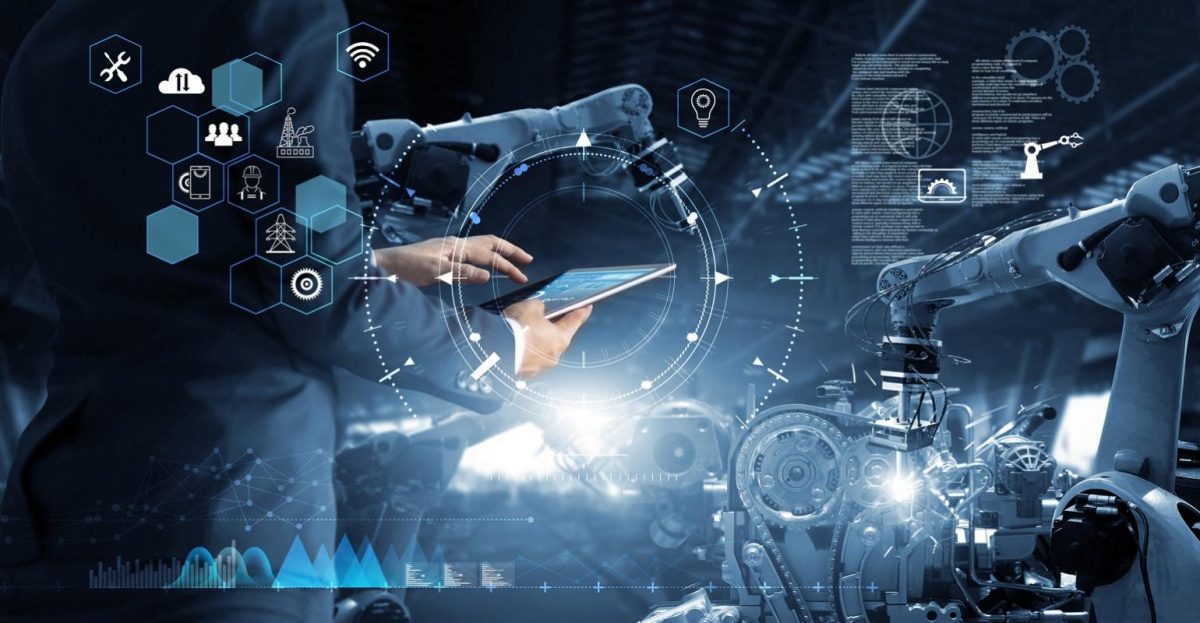Let’s take a trip back in the time to the industrial revolution. Picture this: huge factories, loud running machines, and a workforce facing a major shake-up. As automation took over, many workers found themselves out of a job. The Industrial Revolution of the 19th century not only reshaped industries but also paved the way for significant societal changes, including the emergence of new jobs and the need for a more skilled workforce.
Fast forward to today, one driven not by coal and steel but by artificial intelligence. AI is already changing our daily lives, from virtual assistants to the use of Chat-GPT. But here is the big question on everyone’s minds: Is AI going to take our jobs, just like the machines did to those workers in the 19th century? Will AI take our jobs and leave us unemployed?
AI and humans exhibit distinct capabilities and strengths. AI-driven machines excel in speed, precision, and unwavering logical reasoning (Korteling et al., 2021). However, they fall short in areas such as intuition, emotional understanding, and cultural sensitivity – qualities inherent to humans that greatly enhance our effectiveness (De Cremer & Kasparov, 2021). These qualities are important because they help human judge changing situations, which help them shift from concerns that were short-term to long-term (De Cremer & Kasparov, 2021). Just as the steam engine and mechanized manufacturing transformed the economic landscape during the Industrial Revolution, AI is poised to assist in a digital revolution, leading to the creation of novel job roles and opportunities.
However, it doesn’t mean that AI won’t replace some jobs. AI is well suited for lower-level routine tasks that are repetitive and take place within a closed management system. Take for instance, factory worker has witnessed a substantial advancement in automation and robotics, diminishing the dependence on manual labor to a significant extent (Unmudl Skills Team, n.d.).
But if AI is not going to replace all our jobs, how can we use it in our workplace? According to De Cremer & Kasparov (2021), people should integrate AI into their organizations ambitiously and strategically. Achieving this objective extends beyond the mere adoption of AI technology; it requires a substantial dedication to cultivating employees with “fushion skills”, equipping them to operate proficiently at the interface between humans and machines (Wilson & Daugherty, 2018).
As we navigate the transformative era of artificial intelligence, it’s essential to acknowledge the lessons learned from the past. The industrial revolution serves as a reminder of how technological advancements can disrupt established norms and occupations. The coexistence of AI and human capabilities presents a dynamic landscape where each possesses unique strengths and weaknesses. To become more efficient people should integrate AI into their organizations ambitiously and strategically. The successful integration of AI into workplaces requires a proactive approach to employee development. Organizations should invest in continuous training and upskilling programs to equip their workforce with the fusion skills necessary to collaborate effectively with AI systems.
One question remains on my side: How can we collectively shape a future where the power of AI and human not only transforms our workplaces but also enriches our lives?
References:
De Cremer, D., & Kasparov, G. (2021, 18 maart). AI should augment human intelligence, not replace it. Harvard Business Review. https://hbr.org/2021/03/ai-should-augment-human-intelligence-not-replace-it
Korteling, J., Van De Boer-Visschedijk, G. C., Blankendaal, R., Boonekamp, R., & Eikelboom, A. (2021). Human- versus Artificial Intelligence. Frontiers in Artificial Intelligence, 4. https://doi.org/10.3389/frai.2021.622364
Unmudl Skills Team. (n.d.). What Careers Will Likely Be Replaced By AI? 20 Jobs to Watch – Unmudl. Retrieved September 26, 2023, from https://unmudl.com/blog/careers-replaced-by-ai
Wilson, H. J., & Daugherty, P. (2018, July). How humans and AI are working together in 1,500 companies. Harvard Business Review. https://hbr.org/2018/07/collaborative-intelligence-humans-and-ai-are-joining-forces





